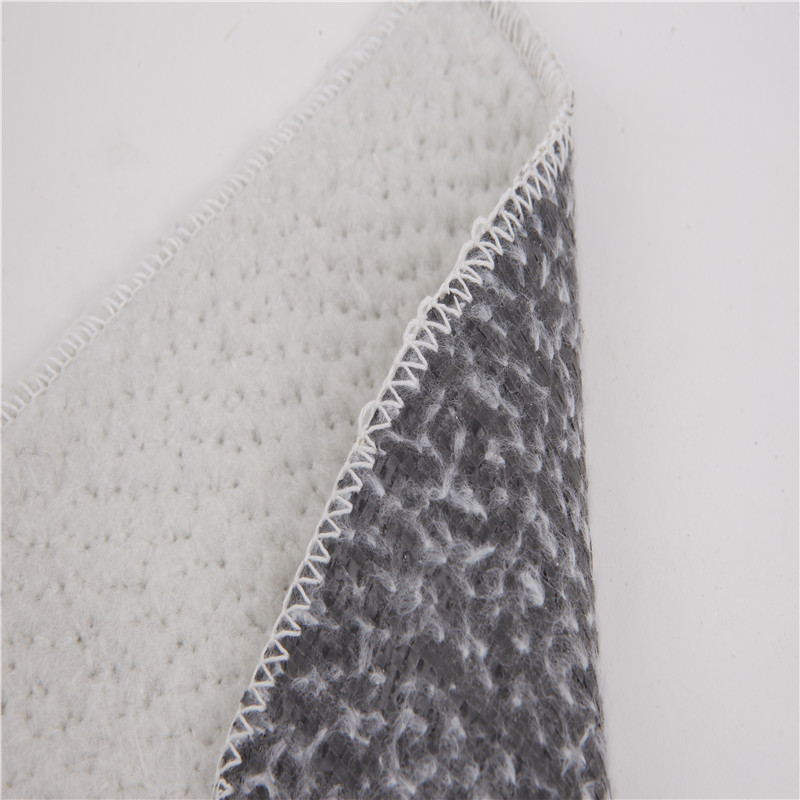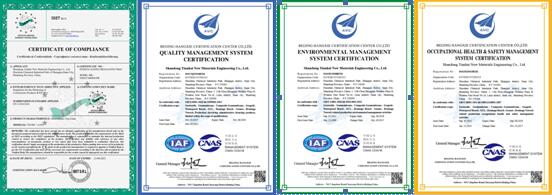“In 2015, China’s total ethylene production capacity will reach 27 million tons, forming 3 to 4 ethylene production bases with a production capacity of over 2 million tons; the total production capacity of coal through methanol to olefins will reach 6.06 million tons, accounting for 20% of the national total ethylene production capacity. This is the information disclosed by the Petroleum Refining Conference of Shaanxi Yanchang Petroleum Group recently held. On September 8, the reporter made further interviews with relevant experts.
According to experts, the forthcoming national "12th Five-Year Plan" of the ethylene industry made it clear that China will accelerate the progress of large-scale ethylene projects under construction, start the "Eleventh Five-Year Plan" project that has been approved, and expand the existing facilities. , And moderate development of methanol and olefins and other ways to significantly increase domestic ethylene production capacity and self-sufficiency rate. By 2015, China's total ethylene production capacity will reach 27 million tons. Among them, 5 to 7 new ethylene projects will be added to increase the production capacity of 6.3 million tons of ethylene; the existing capacity of ethylene units will be expanded to increase the capacity of ethylene by 4.4 million tons; 8 MTO/MTP projects will be built; Ten thousand tons. By then, China's ethylene self-sufficiency rate will increase from the current 48% to 70%.
Experts revealed that in order to optimize the layout of the ethylene industry, enhance industrial concentration and competitiveness, and guide the development of the ethylene industry in the direction of “large-scale, integrated, and base-basedâ€, the “planning†requires that during the “12th Five-Year Plan†period, it must continue. Strengthen and expand the Yangtze River Delta, Pearl River Delta, and Bohai Petrochemical industry clusters, build vinyl floors in the central and western regions, and transform and upgrade the ethylene industry in the Northeast. The specific idea is that the Yangtze River Delta region will use Shanghai, Nanjing, and Zhenhai as the center to form three to four ethylene production bases with a capacity of more than 2 million tons. The total ethylene production capacity will account for more than one third of the country's total; the Pearl River Delta region will accelerate Maoming and Huizhou. The construction of joint venture projects in Zhanjiang, Jieyang, and other places will focus on the development of advantages and specialty products; the Bohai Rim will be centered on Beijing-Tianjin-Tangshan and Fushun, and large-scale ethylene plants will be built; while the Midwest region will rely on large-scale refinery projects in Lanzhou and Chengdu, respectively. Dushanzi forms 3 to 4 vinyl sites.
The second is that new ethylene projects must have adequate and high quality raw materials. An annual output of 1 million tons ethylene plant should be matched with an annual refining capacity of more than 12 million tons; a large-scale refinery-ethylene-aromatic-electricity deep integration project, with an annual capacity of more than 20 million tons of refinery capacity, is required for every 1 million tons of ethylene.
The third is to accelerate the pace of technological upgrading and capacity expansion of existing ethylene plants, continuously optimize process parameters and ethylene cracking raw materials, increase the scale of the equipment, and increase the total yield of high value-added products such as hydrogen, ethylene, propylene, butadiene, and benzene, and reduce Energy consumption per unit of product.
The fourth is to constantly optimize and adjust the raw material route to reduce the cost of ethylene production. Encourage the use of oilfield associated gas and condensate as raw materials to produce ethylene, support the development of industrialization of heavy oil ethylene technology represented by CPP, and moderately develop coal-to-olefin technology represented by MTO and MTP.
Sodium bentonite waterproof blanket- GCL
Part one: Description of
GCL waterproof blanket
Geosynthetic clay liners (GCLs) are high performance needle punched environmental reinforced composites which combine two durable Geotextile outer layers with a uniform core of natural sodium bentonite clay to form a hydraulic barrier. Fibers from the non-Woven Geotextile are needle punched through the layer of bentonite and incorporated into the other geotextile (either a woven or non-woven).when hydrated under a confining load, the bentonite swells to form a low permeability clay layer with the equivalent hydraulic protection of several feet of compacted clay.

Part Two: Technical of GCL waterproof blanket

Part Three: The Application of GCL
This Bentonite production line is usded to bond 3layers of top geotextile,
middle bentonite sand, and down plastic woven film.
The water proof bentonite pad is mainly used in penetration-proof,airproof
&separation in rubbish burying square,man-made
lake,channel,pool,basement,subway,etc.
The production line processing of finished products with high peel strength,
strong pulling hardness, low permeability.

Part Four: Certificate

Part Five: others
Packaging & Shipping
The Packaging of Hdpe Geomembrane
woven bag or as customers' requests
Shipping:
7 days after receive the advance payment
Part Six: Contact

Geosynthetic Clay Liner(Gcl),Sodium Bentonite Geosynthetic Clay Liner,Bentonite Geosynthetic Clay Liner,Composite Geosynthetic Clay Liner
Shandong Tianhai New Materials Engineering Co., Ltd , http://www.chinatinhy.com
